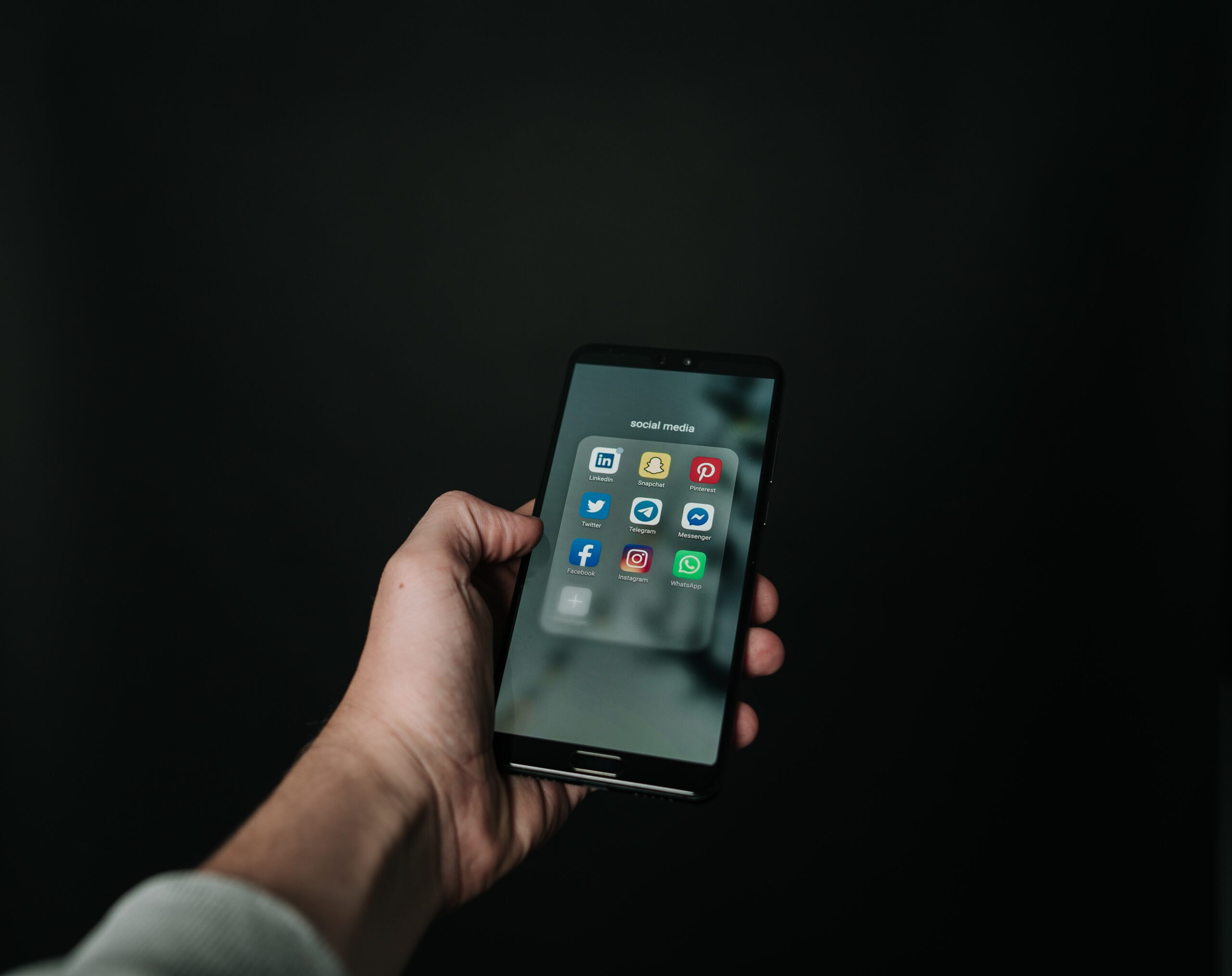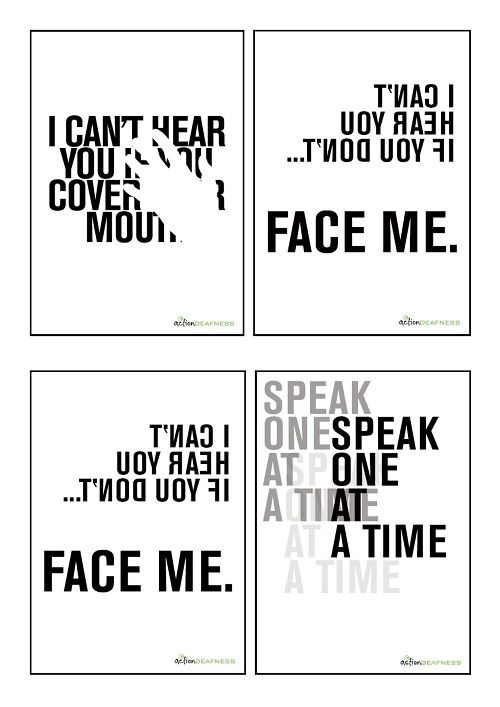Hearing Loss and Mental Health
May is Mental Health Awareness Month, so looking at the relationship between hearing loss and mental well-being is appropriate. Recent studies have revealed a correlation between untreated hearing loss and various mental health concerns, particularly in older adults. This blog post will explore why hearing loss affects our mental health and provide some preventative strategies. Hearing loss, depression, and cognitive decline While mental health is commonly associated with factors like stress and genetics, the research emphasizes the significance of our hearing in maintaining mental well-being. Untreated hearing loss can negatively impact our mental health, increasing the risk of depression and anxiety. Struggling to engage in conversations and participate in social activities due to hearing difficulties can lead to feelings of isolation and loneliness, contributing to symptoms of depression. Moreover, compensating for hearing loss can be mentally exhausting, affecting concentration, memory, and daily tasks. Untreated hearing loss is also linked to a higher risk of cognitive decline, including conditions like Dementia and Alzheimer's. Social isolation, lack of brain stimulation (use it or lose it theory), and auditory processing challenges (how hard the brain works to interpret sounds) are believed to connect to these health issues. When our brains are deprived of stimulation due to hearing loss and reduced social interaction, certain areas lose their ability to function optimally. Signs of hearing loss and mental health concerns Detecting hearing loss and understanding its potential impact on our health is crucial. By familiarizing ourselves with the signs of hearing loss and indicators of mental health...










Recent Comments